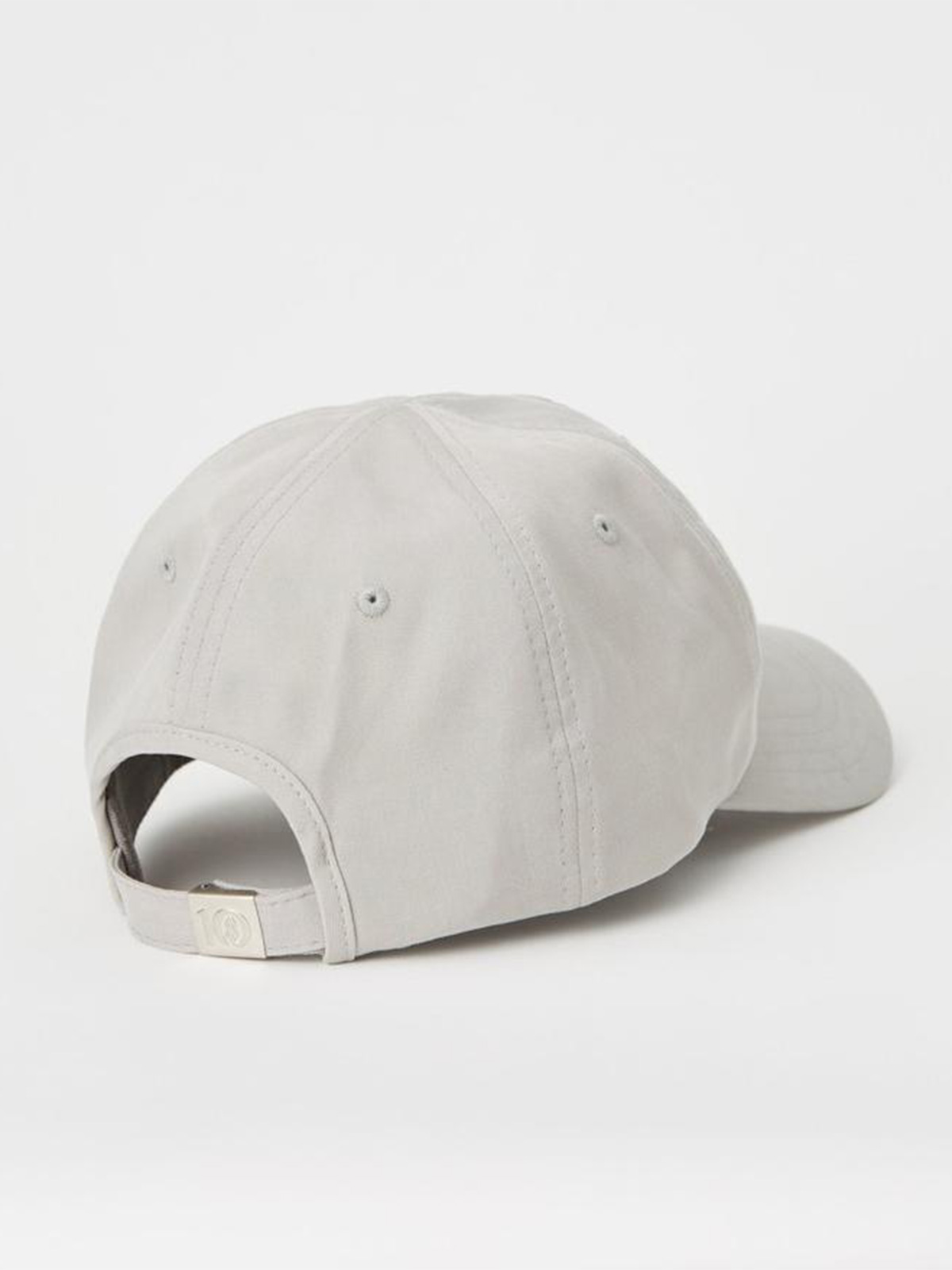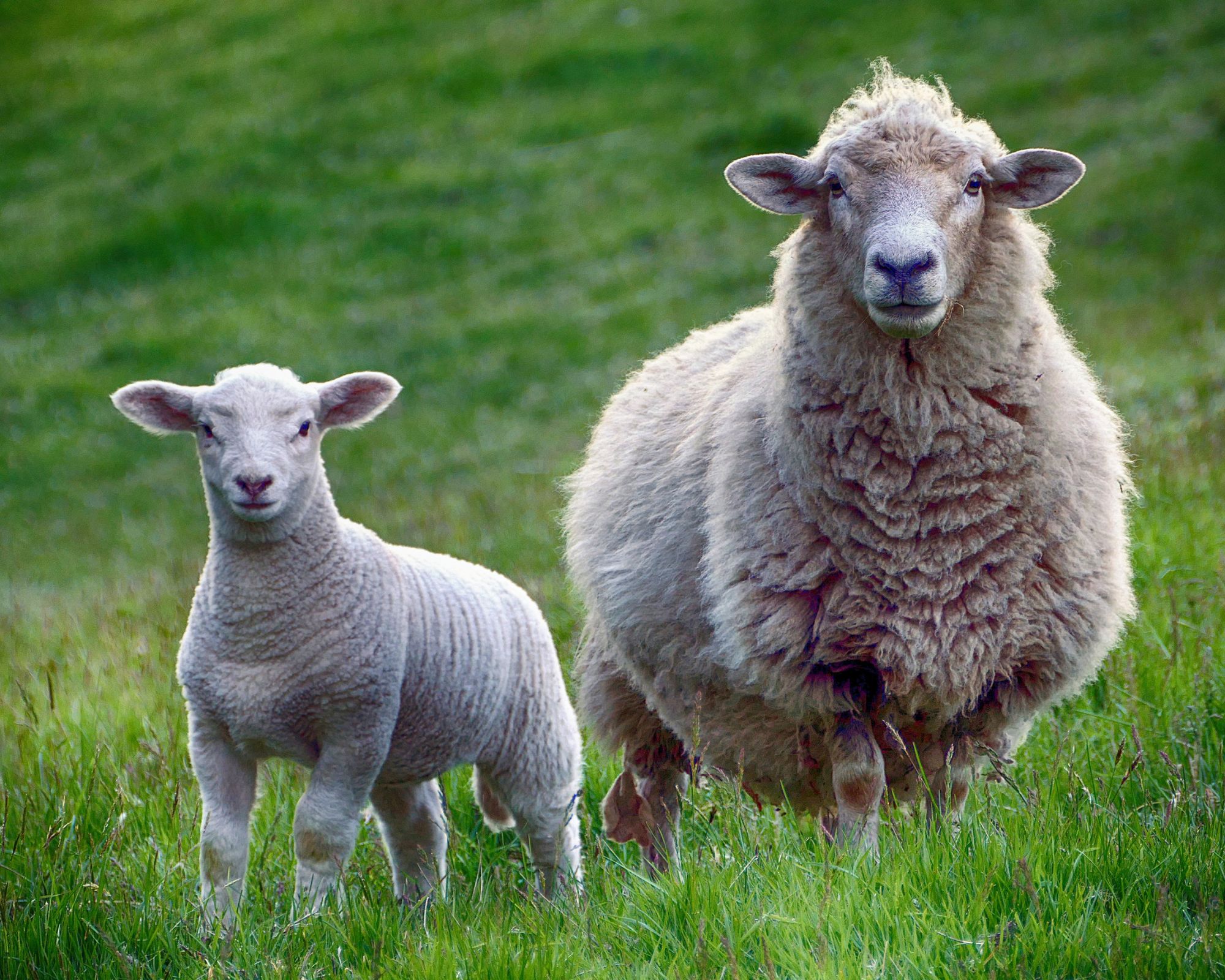Five billion animals are used in fashion annually, often under poor conditions. The third edition of a landmark report from Good On You and animal welfare organisation FOUR PAWS looks at how 100 major brands are performing for their impacts on animals across their supply chains. The good news? Consumers are driving change, demanding animal-friendly products and transparency.
Highlights from the 2023 Animal Welfare in Fashion report
International animal welfare organisation FOUR PAWS recently launched its 2023 Animal Welfare in Fashion report, once again using Good On You’s brand rating system.
The third annual report aims to highlight the progress of animal welfare in fashion over the last two years and identifies where industry efforts can be prioritised to maximise impact for animals on the ground, while supporting the industry’s sustainability objectives.
To get a clear view of how the industry is doing for animals, Good On You rated 100 fashion brands from 15 countries across nine market segments including luxury, sports, and fast fashion.
These are a few of the key findings:
- Some signs of progress across the board: 17% of the brands selected in 2023 have improved their overall Good On You rating for their impact on animals since 2021. But overall, only 15% of the rated brands achieved Good On You’s top ratings of “Good” or “Great” for animals.
- More brands are publishing animal welfare policies: a growing number of brands that use animal-derived materials are disclosing animal welfare policies—up from 65% in 2021 to 77% in the latest report. The report also found that more brands have engaged and made progress in improving animal welfare, especially in the use of certified wool and down, and the adoption of fur-free policies.
- Use of certified materials, by the numbers: 61% of brands now disclose that they used at least some animal-derived materials certified to recycled or animal welfare standard. However, the progress is far from enough, as only 9% of brands used certified materials for 50% or more of their total animal-derived materials.
- 18% of brands still used wild animal materials: such as fur, exotic skins, and decorative feathers, despite the severe animal welfare deficits and public health risks associated with them.
- Brands aren’t investing in next-gen materials: only 4% of brands disclosed that they’re invested in developing next-generation alternatives to animal-derived materials. Finding innovative solutions that don’t rely on fossil fuels is key to planet and animals.
In short, the fashion industry could be on the cusp of a significant transformation, driven by a growing awareness of its environmental and ethical impact. Consumers are increasingly demanding animal-friendly products, sustainable practices, and transparency throughout the supply chain. And in response, a few forward-thinking fashion brands are leading the way in adopting various strategies to address these concerns. But, overall, the fashion industry’s status quo still causes too much harm to animals (and people and planet) throughout the supply chain.
To put it all into perspective, we at FOUR PAWS have reflected on what we’ve learned in our work campaigning for an animal-friendly fashion industry. Here’s what we see behind the numbers and how we, as consumers, can help accelerate the pace of change.
Animal welfare is firmly on the agenda for many major fashion brands
Over the last decade, we’ve seen how fashion’s impact on people and the planet have reached mainstream levels of awareness amongst the public. We have seen how this has come about through popular documentaries such as The True Cost or RiverBlue and international coverage of damning reports over the fashion industry, including the Rana Plaza disaster in 2013, fast fashion’s impact on the environment, and the uncovering of forced labour in the production of cotton in Uzbekistan and more recently in China.
Still, fashion’s impact on animals from the use of “conventional” animal-derived materials such as wool, leather, down, cashmere, alpaca, and mohair or from the use of wild animals for fur, exotic leathers, and decorative feathers, remained sidelined from the list of “material issues” by most major brands until now. This is despite similar levels of coverage and awareness afforded to the environmental and human rights concerns associated with the production of leather.
Positively, greater awareness by consumers over animal cruelty in fashion supply chains and greater interest in sustainable animal-free fashion driven in part by concerns over the environmental impacts of fashion—both heightened as COVID-19 swept across the globe—have made a compelling case for many major fashion brands to address some animal welfare issues in recent years.
As a result, brands are more often storytelling the types of animal-derived materials they choose and their rationales for choosing them. This now involves educating their customers about the consideration for animal welfare and the environmental impacts of the animal-derived materials brands are using.
Today, you will see many brands with a published animal welfare policy. The purpose of the policy is to outline brands’ expectations for the treatment of animals that end up in their supply chains and their requirements for the animal-derived materials they source.
But buyer beware—brands still need to make their policies more meaningful if they are to be held properly accountable for the conditions and treatment faced by animals in their supply chains. This is where the power of informed and engaged consumers, who raise concerns over animal welfare issues and are interested in the provenance of their products, can turn brands’ growing recognition of their responsibilities to animals into tangible action.
‘Higher welfare’ products are a possibility in fashion
You may be more familiar with the term “higher welfare” when it comes to animal-based food products such as eggs, dairy, fish, or meat. However, with the proliferation of animal welfare certifications for fashion supply chains in recent years, this term now extends to the animal-derived fibres found in clothing such as wool, down, cashmere, alpaca, and mohair.
The good news is that brands are increasingly sourcing animal-derived materials certified to animal welfare standards. Especially those which also aim to ensure more environmentally and socially responsible practices in production. But challenges still remain.
While animal welfare certifications for fashion items can be helpful for consumers who are aiming to make more informed purchasing decisions, decoding certification labels for good animal husbandry and other responsible practices being claimed on such labels is much more complicated than we’d like it to be for the average consumer.
The good news is that brands are increasingly sourcing animal-derived materials certified to animal welfare standards. Especially those which also aim to ensure more environmentally and socially responsible practices in production. But challenges still remain.
In short, animal welfare certifications don’t all ensure a consistent baseline standard of animal welfare, nor do they all offer the same rigour in traceability from farm to finished product. This can make it difficult for consumers to discern the wide-ranging claims being made between different certifications and to identify which ones are higher quality or more impactful for the animals that end up in certified products.
That’s why FOUR PAWS shares its animal welfare expertise with Good On You to enable the comprehensive “animals” rating to do the work for you.
So, the best thing you can do to encourage higher animal welfare standards through harnessing the power of fashion is to shop from brands that rate at least “Good” for their impact on animals and overall. Brands that are rated “Good” for animals use the best animal welfare certifications available for the animal-derived materials they source, and those rated “Great” for animals leave animal-derived materials out of the equation altogether.
Buying less means more for animals, people, and the planet
Did you know that animal agriculture is a key driver of our warming climate? Responsible for one-sixth of all human-induced greenhouse gas emissions (GHGs), it contributes more emissions than the entire transport sector. Used for feed production and grazing pastures for farmed animals, animal agriculture is a leading cause of deforestation.
Also well documented by now is the fashion industry’s notorious volumes of production and waste through immense virgin resource depletion. Fashion is a major contributor to key environmental consequences that exacerbate our climate crisis, such as water scarcity and loss of biodiversity.
A staggering five billion animals are being used just for fashion each year with extraordinarily little oversight of the treatment and conditions faced by animals daily.
What’s more, a staggering five billion animals are being used just for fashion each year with extraordinarily little oversight of the treatment and conditions faced by animals daily. The demand for animal-derived materials (the production of which occurs alongside the food industry) by brands and consumers, therefore, results in a double negative. Firstly, it leads to the compounding effect of the fashion industry’s already sizeable environmental footprint. Secondly, it incentivises and therefore perpetuates the routine cruel practices and poor standards of animal welfare that cannot be escaped by intensive farming systems.
Reducing the industry’s reliance on animal-derived materials is, thus, not only a critical step to addressing fashion’s carbon footprint. It’s also a preventive measure of future pandemics and crucial to achieving excellent standards of animal welfare worldwide. It isn’t just fashion brands that can help to achieve this goal, either. We all can make a difference to the lives of billions of sentient beings and secure a healthy future for animals, people, and the planet by reducing our purchases of animal-derived fashion items, too.
The bottom line for animals in fashion
Of course, there will come a time when you’re in need of purchasing something new, whether for yourself or someone you know. In such cases, seeking products with higher animal welfare credentials may be a good start.
Animal welfare certifications can be an important economic incentive for producers overall to lift their standards. And at FOUR PAWS, systemic change is what we are counting on for the billions of animals that are currently farmed.
Certifications are also proving an effective tool to encourage greater transparency by fashion brands. This is an important win if we are to hold the industry accountable for its impacts on animals, people, and the planet.
Nonetheless, the bottom line for an animal-friendly fashion future is that choosing more sustainably produced items made from animal-free materials will do most to limit the adverse animal welfare and environmental impacts of the clothes we wear.
For the love of animals, let’s harness the power of fashion for good
With the help of the Good On You brand ratings to guide you towards kinder and more sustainable fashion choices, why not take your commitment towards sustainable fashion to the next level and sign up to the FOUR PAWS Wear it Kind pledge? Find out more on what it means to take a stand for animals via the FOUR PAWS website.



















